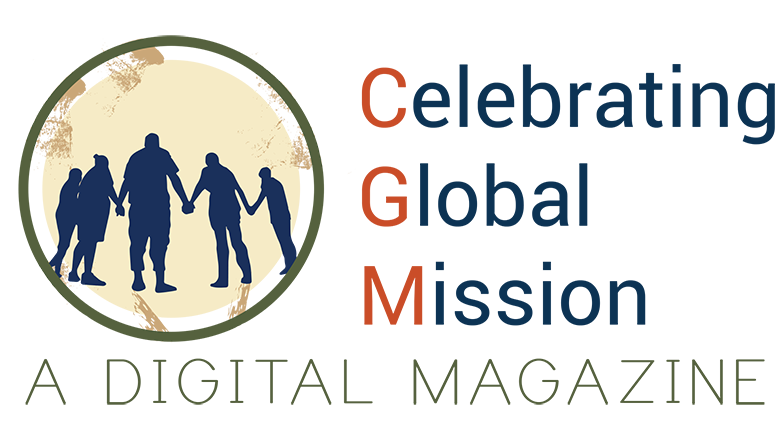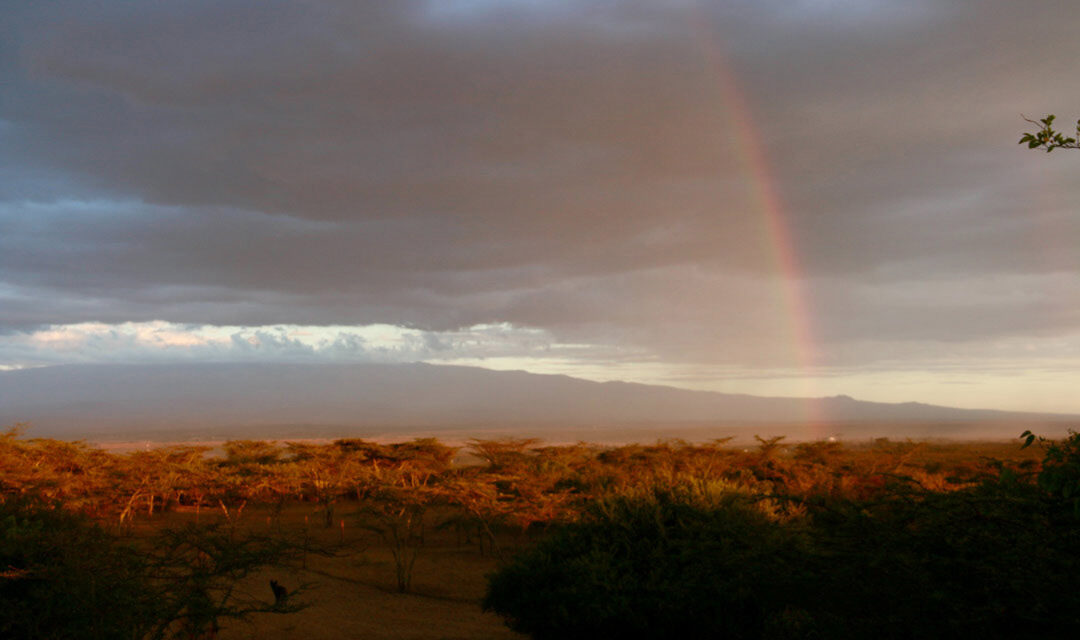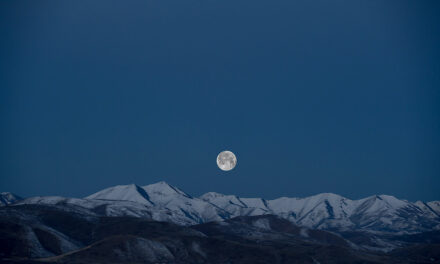[Editor’s note: The history of mission rightly brings to mind the widely known accounts of evangelical pioneers like William Carey and Hudson Taylor. Closer to home we have the stories of Lutheran missionaries like Daniel Nelson (China), John Carlsen and Ernest Weinhardt (Bolivia), and more. All of this history dates from the mid to late 19th and early 20th centuries. Global mission history still is unfolding locally in many places, driven by faithful people answering the call today. Dure writes a powerful story of global mission history that is happening much more recently. To God be the Glory!]
Migrants Work for Jesus
The plight of Oromo refugees who escaped from the tyranny and dictatorship of the Ethiopian government(s) in the last 30-plus years continued and there was a constant increase in the flow of migrants into the neighboring Kenya. It became evident that Oromo Christians needed to come together and worship the Lord in their own language. Hence it was agreed to start this church as a fellowship to include all different Evangelical Christians.
Though many Oromo professionals were in Nairobi on job placements such as at the United Nations, as well as in numerous other international organizations, many were not interested in joining this refugee-dominated church to worship the Lord. They feared it would be emotionally and financially draining as well as politically troublesome. With God’s help, a few of us who were sympathetic to this group dedicated ourselves to sacrifice, standing by these young and desperate Christians to give them a helping hand in negotiating worship space and provide other necessities of church facilitation.
“For God gave us a spirit not of fear but of power and love and self-control.”
—2 Timothy 1:7
OCFN Serves Oromo-Speaking Christians in Urban Nairobi
The church is led by five church leaders – three elected members from the congregation, a mission coordinator, and the pastor of the church. We keep active Bible studies, prayers, trainings and seminars for leaders to keep ourselves in the mirror of Christ, be graced with the shoulder to handle this displaced, destitute, distressed and mostly young generation in our congregation.
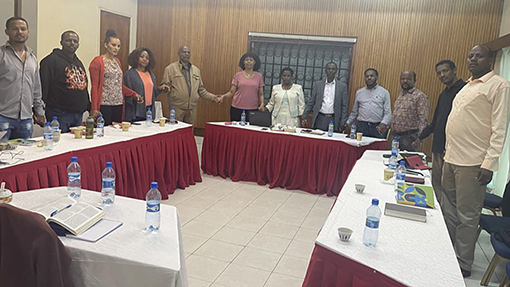
Training session with church leaders, evangelists, and missionary family from the Ethiopian Evangelical Church Mekane Yesus (center)
In addition to focusing on liturgy and sacraments, the church facilitates worship and office space for Oromo-speaking Christians fleeing from the Ethiopian regime. We also encourage, follow up and bring back backsliders, evangelize amongst those who do not know the Gospel, support and counsel depressed and disturbed congregation members, teach the Word, and try to rehabilitate those trapped in destructive and dangerous habits as well as provide prayers and counseling to those who are psychologically disturbed.
The church also gives basic assistance to the destitute and selects gifted youth, connecting them to Bible colleges. We also work on improving their English language capacity by using volunteers from within the community.
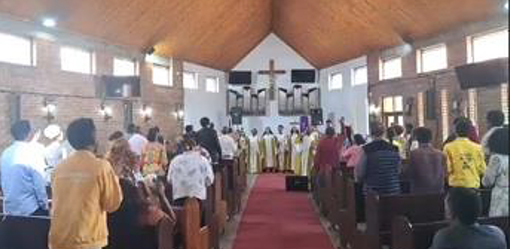
OCFN Church Worship at the Uuhuru Lutheran Church in Nairobi
In a few years the church grew bigger, and more skilled people and anointed ministers arrived in Nairobi as refugees. God gave us the vision not only to focus on the church members we are serving, but also to extend our evangelization amongst the wider Oromo community residing within Nairobi and the surrounding cities. The estimated population of the Oromo refugees was over 20,000 in Nairobi, Dadaab, and Kakuma refugee camps when we started. We were puzzled to see a significant number of refugees coming from Ethiopia who did not know the Lord. The harvest was unbelievable, and we were so blessed with the outcome. Glory be to God for all the work done!
OCFN Sends Missionaries to the Western World
Our congregation members are predominantly refugees. Most are recognized by the United Nations Humanitarian Commission for Refugees (UNHCR). This means they go through intensive interviews to determine if they really were under political persecution in their home country and would be in danger if they returned to Ethiopia. Based on that, the office of UNHCR facilitates sending them on third-country resettlement to many developed countries showing a willingness to take them. These countries include the U.S., Canada, European countries, and Australia. Our records show that our congregation members who resettled in the diaspora, gathered the scattered Oromo Christians and started churches where there is no Oromo church, or serve as ministers or church leaders if the church is already started.
We thank the Lord for this because they continued spreading the Gospel and have become pioneers for the Great Commission in the diaspora community.
diaspora (di·as·po·ra) |noun|
Any scattering of people with a common origin, background, beliefs, etc.; any migration or flight from a country or region; any religious group living as a minority among people of the prevailing religion.
Webster’s New World College Dictionary
OCFN Has an Effective Outreach Ministry in North Kenya
“All authority in heaven and on earth has been given to me. Therefore, go and make disciples of all nations.”
— Matthew 28:18-20
God opened our eyes to use the migrant manpower sitting idle in Nairobi to evangelize among the Borana of North Kenya. It is believed that 90% of the Borana population is still unreached. This vision made very good sense because we speak the same or very similar language. The Borana of Kenya and the Oromos of Ethiopia have a common anthropological background.
We prayed for a long time to find a way to expand into North Kenya and the means to do it. After repeated failed attempts, we finally got a breakthrough in 2009 to the Mersabit County, Dirib Gombo area, and started evangelizing in 2010.
By 2022, we have planted 10 churches, are supporting over 12 pastors/evangelists, and have baptized over 5,000 new souls. We also assisted three evangelists to pursue a Bible college education, and they are currently serving their respective congregations.
OCFN Church Plants
1. Dirib Gombo Our Redeemer Church – our first church established in 2009. It started with one Evangelist and his wife. Home meetings grew into a church, but when we tried to rent no one was willing to rent a house to a church. We couldn’t even purchase a small piece of land because no one wanted to be our neighbor. We were told to buy a big piece of land to ensure we would be further away from them. We were worried, but as we persisted God provided the money to buy two acres of land on which we built a good-sized corrugated-sheet-iron church. Over time, we also assisted in sending the Evangelist to Bible college and he is now serving in a pastoral capacity. The pastor’s wife uses the church Monday to Friday to teach the poor children who can’t afford to go to school. This unfortunately had to be discontinued recently because of budget restrictions and high regulation of the Kenyan government.
Dirib Gombo church was a success story and it set a good example in the surroundings. The progress in this community impressed the Borana from near and far. Word got around that the Oromos from Ethiopia, their next of kin, are here to help. The children’s activities, such as singing, reciting Bible verses, dramas, keyboard playing, etc., attracted the young from the surrounding area and they started having confidence in us. This church has baptized over 1,500 people and currently has over 500 members. The rest move around as they are nomadic communities.
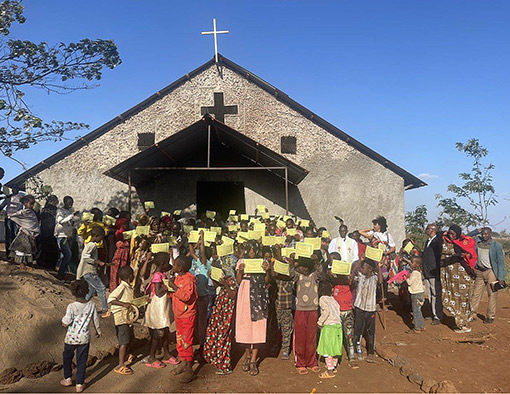
Dirib Gombo Church – some of the baptized group December 2022. This church was rebuilt in a better way after 11 years, using metal, local rocks and chicken wire. This method is used because termites eat away all wood part of buildings.
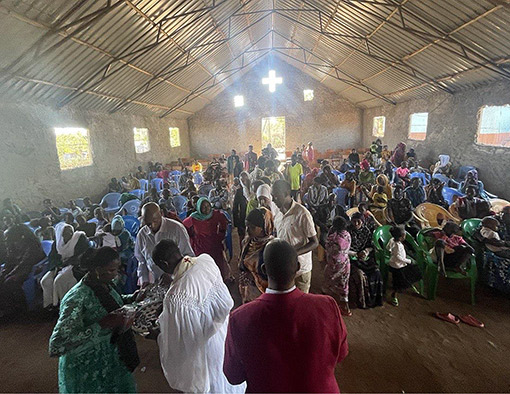
Inside Dirib Gombo Church – Rev. Teshome and his wife Boge, along with the local pastor, serving Holy Communion, December 2022
2. Jaldessa Church – built in 2012. This church has baptized over 150 people and was struck down twice by tribal clashes and rebuilt twice. It is still undergoing maintenance currently.
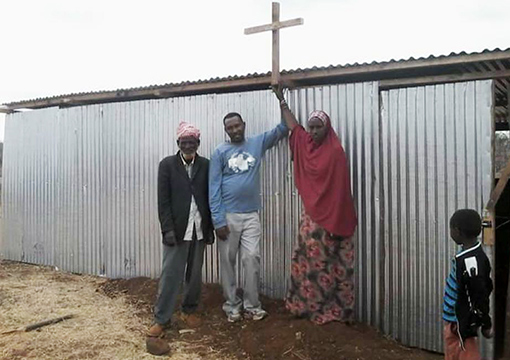
Jaldesa Church, 2015
3. Manyata Jilo Church – over 600 people were baptized in this church.
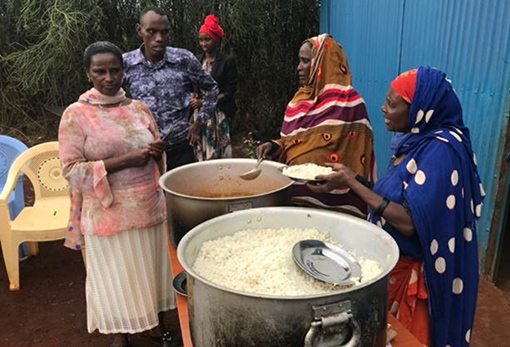
Manyata Jilo church – sharing lunch on baptism day
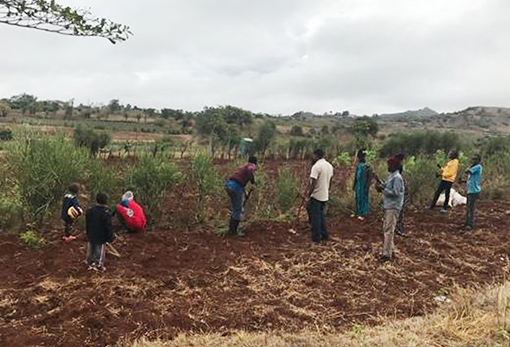
Manyata Jilo Church – tree planting in the church compound
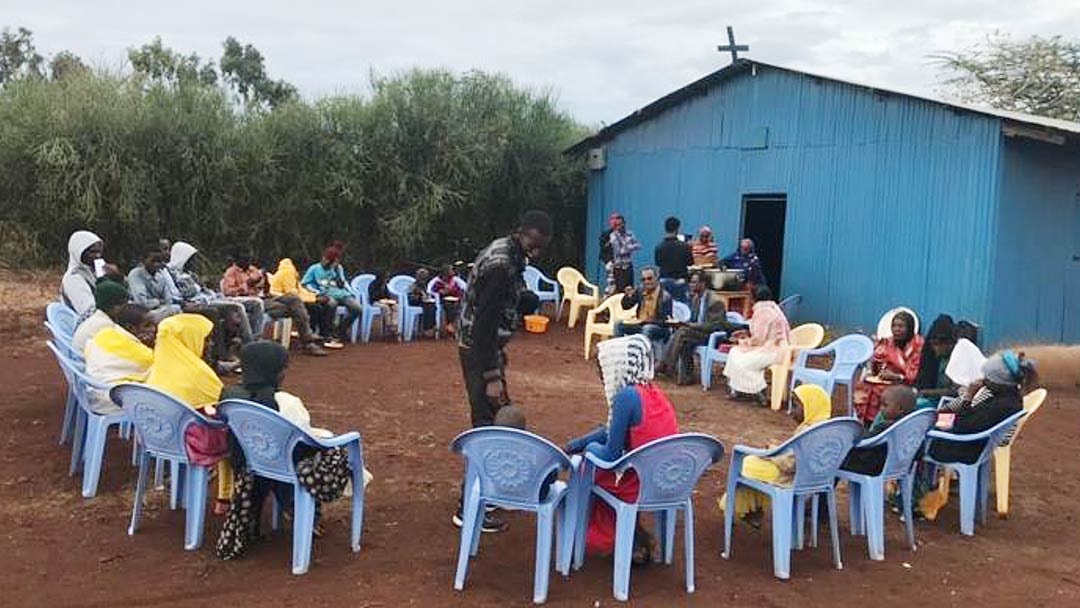
Manyata Jilo Church – new members getting ready for baptism, April 2015
4. Gombo Church – over 400 people were baptized in this church.
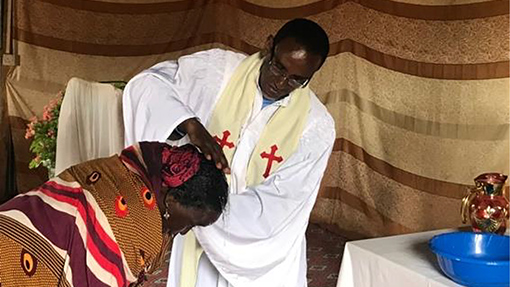
Gombo Church – adult baptism
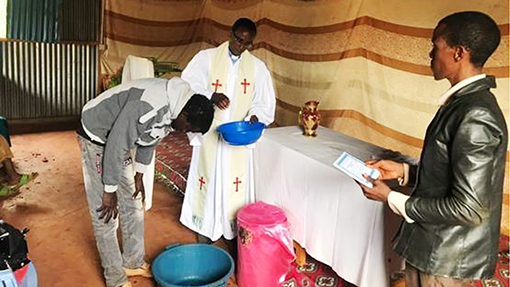
Rev. Teshome baptizing man, together with the church Evangelist
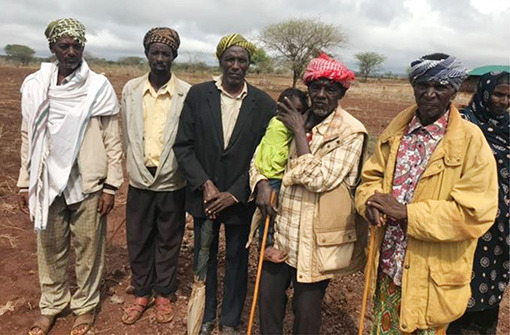
Gombo church – 5 Sheikhs received the Lord in one day in 2017
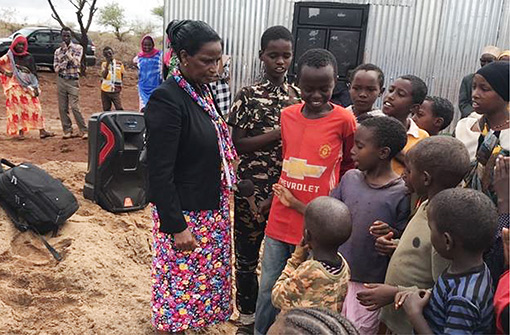
Gombo church – children reciting the Bible
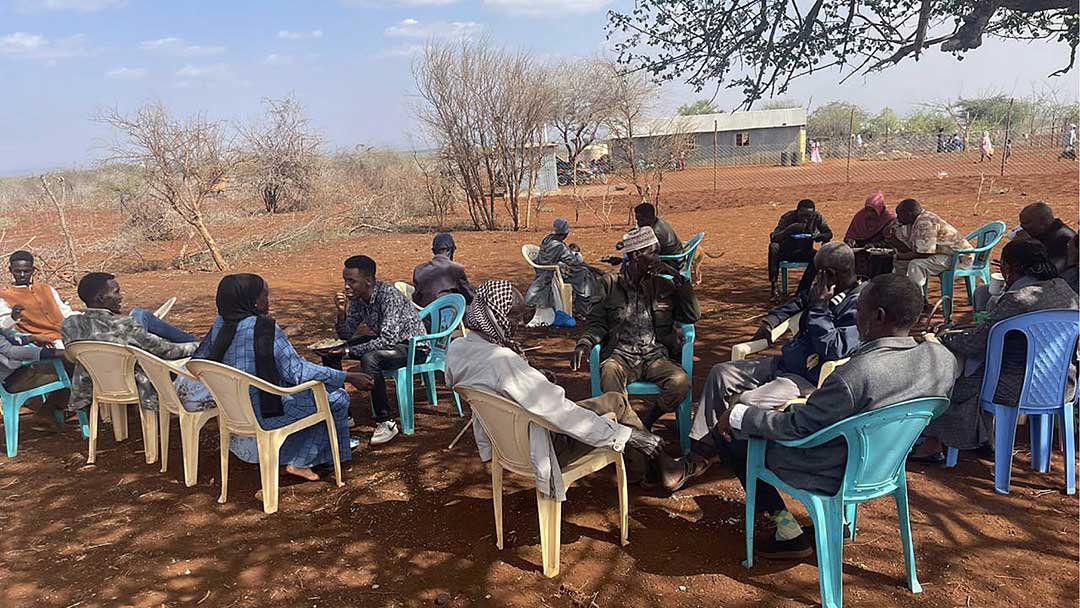
Gombo Church – Elders sitting in shade after church meeting
5. Dogogocha Church – over 400 people were baptized in this church.
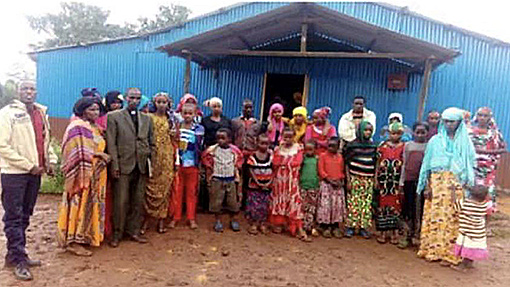
Dogogocha Church – a group ready for baptism
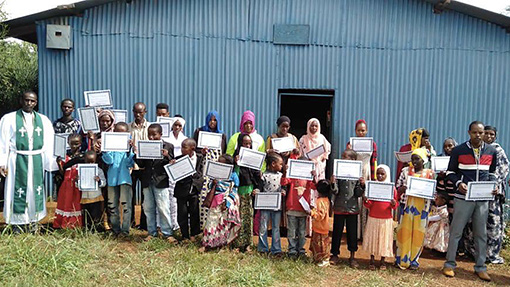
Dogogocha Church – a group after baptism displaying their certificates
6. Rawana Church – over 400 people were baptized in this church.
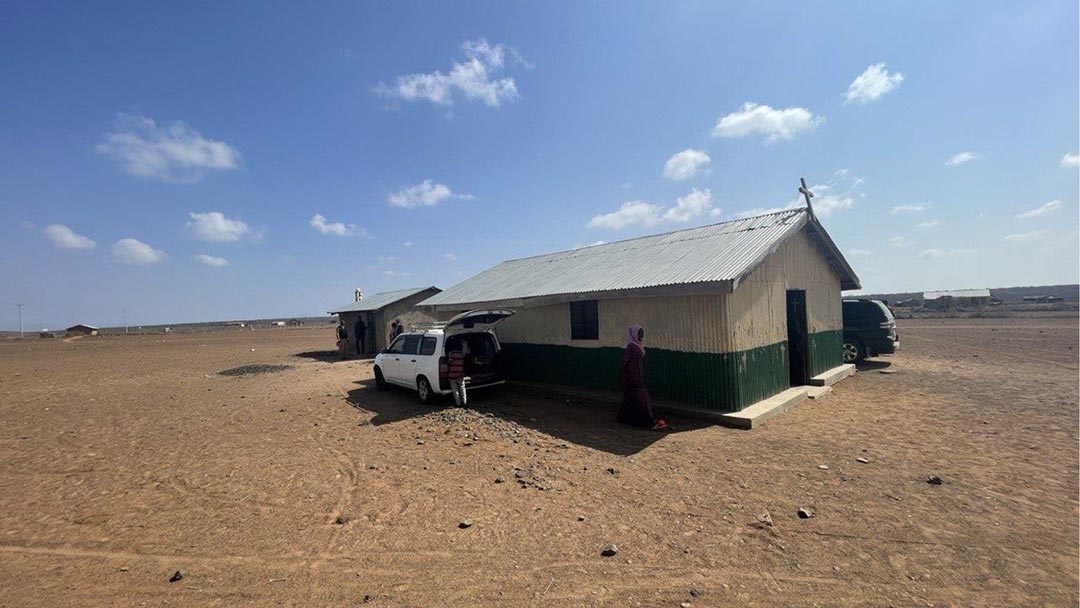
Rawana church – the Evangelist’s living quarters at the back
- Waldaa Church – over 500 people were baptized in this church.
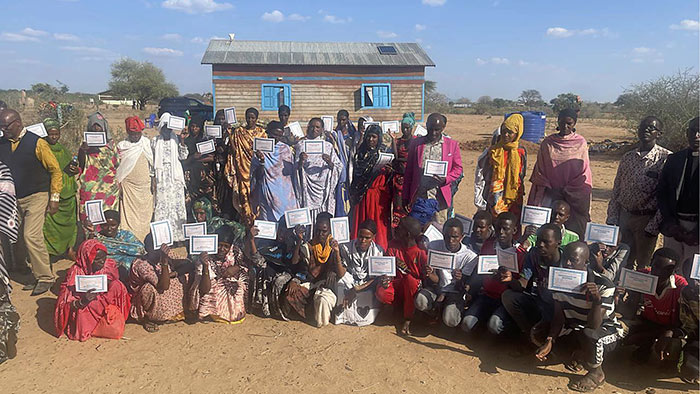
Walda Church – after baptism, 2022
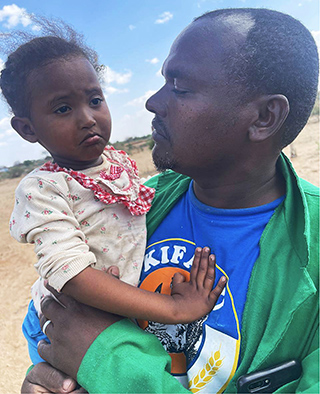
Walda Church – Pastor and his child
8. Dhadacha Elele Church – over 300 people were baptized in this church.
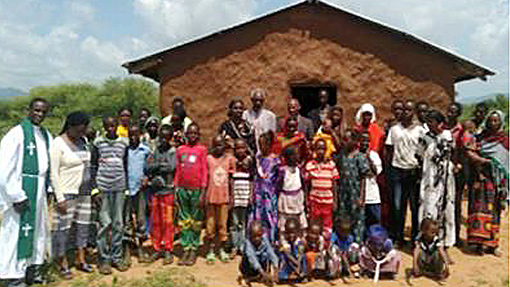
Dhadacha Edele Evangelical Church
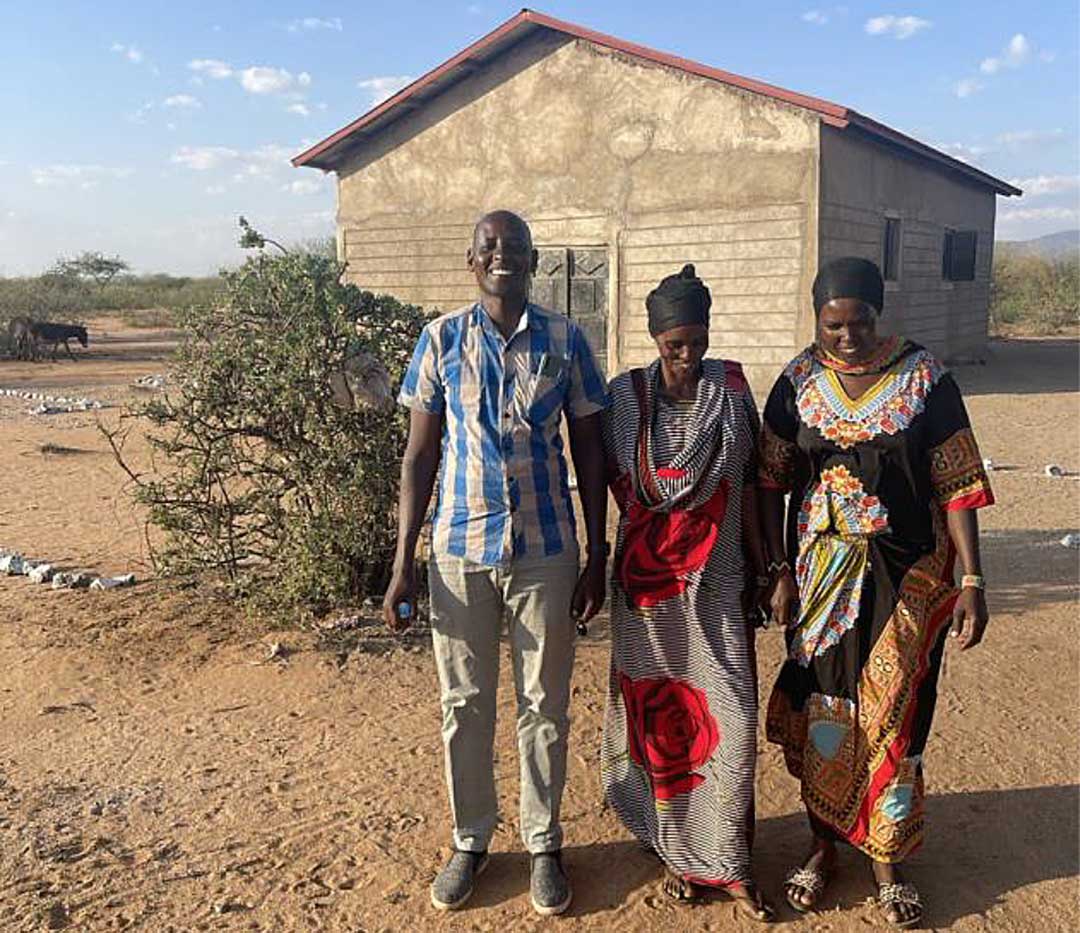
Dhadacha Elele Evangelical Church – Pastor’s family and sister
- God Waye Church – over 700 people were baptized in this church.
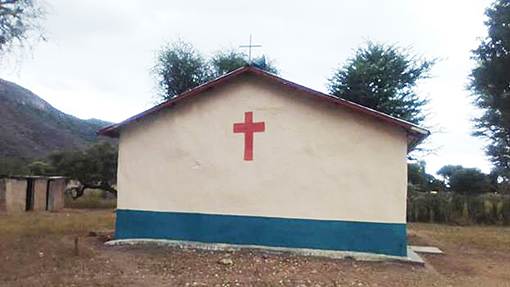
God Wayye Church
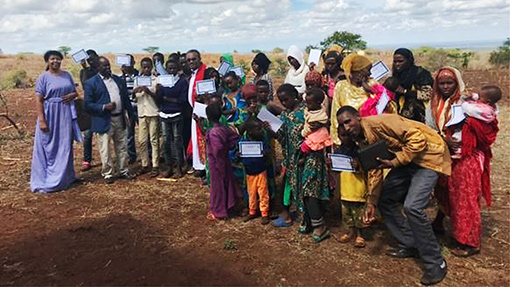
God Wayye Church – people holding their baptism certificates
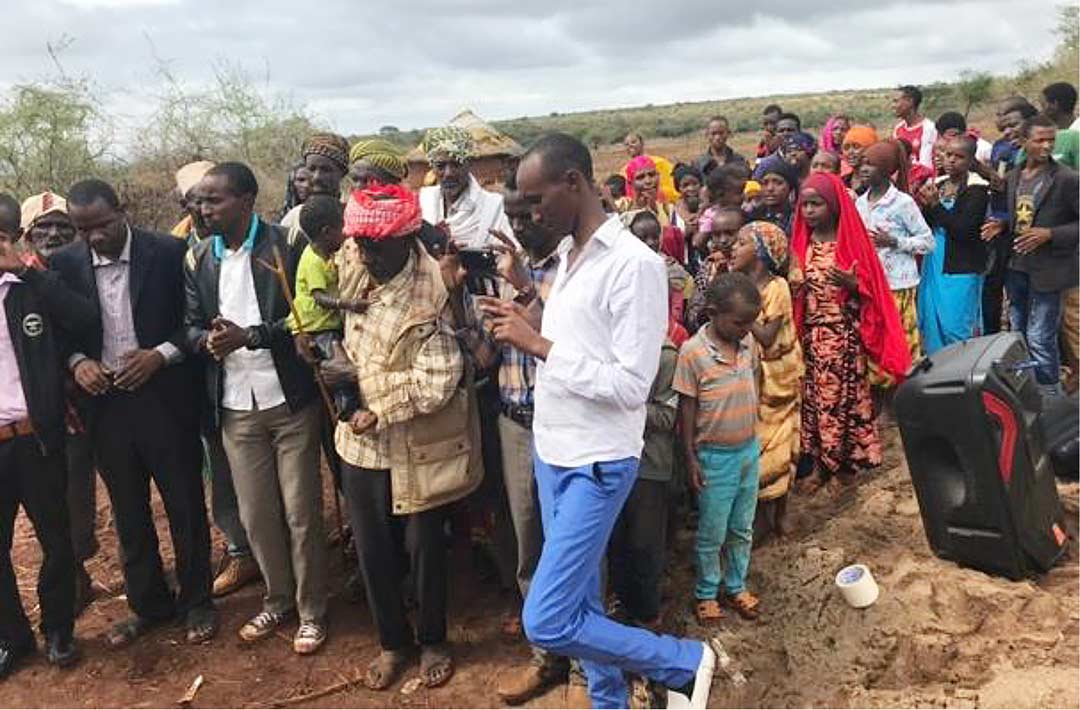
God Wayye Church – people waiting to be baptized
- Aria Church – over 50 people were baptized in this church.
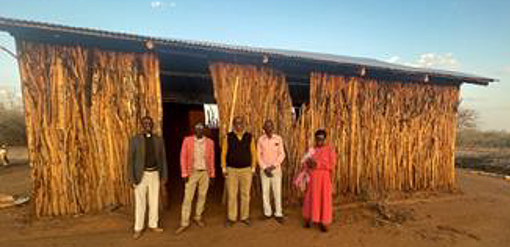
Aria church – it is pretty new
11. Burka Isiolo Church – over 400 people were baptized at this church. This church is affiliated with us and we support them with one Evangelist. The Evangelist is placed in the Gambela area, where we target to plant church in the near future if we get enough people.
A Brief Background: Borana-Speaking Communities in North Kenya
A booklet we found in Daystar University library, indicating a research report done by “Daystar Communications” in 1985, shows the following details:
In Northern Kenya, nine communities speak the Borana dialect of the Oromo language. The Oromo language is widely spoken in Ethiopia and Borana dialect is also used in Southern Ethiopia, bordering North Kenya. The nine communities speaking Borana dialects of the Oromo language are:
- Borana
- Gabra
- Orma
- Burji
- Boni
- Daasenech
- Korokoro
- Sakuye
- Sanye
Of the nine communities mentioned above, the Borana is the biggest in number, followed by the Gabra and the Orma.
The Orville Jenkins research, last updated in 2005, indicates that “The Borana are one of the resulting groups of Oromo migrants who left the southern highlands of Ethiopia in the 1500s. Most of the Borana and related peoples live in Ethiopia. The Oromo had migrated east but were pushed back by the Somali leading to a greater southern expansion. There are almost 4 million Borana people, most living in Ethiopia.” The statement above is evidence that we are serving the same group of people as the refugees in Nairobi. We believe it is a divine connection.
“The Borana’s in Kenya live in a large area of barren northern Kenya. About 44% of the Kenya Borana live in Marsabit District, into Tana River District, Garisa District and in Moyale District. The heaviest concentration live in the Sololo area of Marsabit District and in Moyale District. Those in Sololo District are concentrated in Meti and Gabra Tula.” [Mersabit is over 500 km (about 310 miles) away from Nairobi city.]
Information from the Boorana Wikipedia page says in the border regions of Ethiopia-Kenya and southwestern Somalia, one estimate places Borana Kenya population at about 1,094,000. It also says they speak the Borana language, which is closely related to Oromo, part of the Cushitic branch of the large Afro-Asiatic language family.
The above information clearly shows that we, the Oromos from Ethiopia, have a lot of work to do in Northern Kenya and Southern Ethiopia. Thank God for sending us Western Missionaries who introduced our forefathers to the Gospel! It is now payback time, and OCFN is eagerly passing this important message to our brothers and sisters who are still in darkness.
I shared what we are doing in Northern Kenya with the President of my mother church, the Ethiopian Evangelical Lutheran Church Mekane Yesus of Ethiopia (EECYM), who in turn connected me to their department of International Mission Society (EECMY-IMS) for further discussion about sending a missionary family. After one month of assessment our mission’s clear and favorable report, EECMY-IMS was convinced to send a missionary family. Rev. Teshome and his wife Boge have been placed in Marsabit for the last seven years and they are doing a tremendous job of harvesting new lives. We praise the Lord for EECMY’s dedication for the Kingdom work.
In this long journey, our sincere gratitude goes to the Ebenezer Oromo Evangelical Church in Minneapolis. They are our mission partners. Their prayers and financial assistance kept the mission field staff moving forward.
“God is not unjust; he will not forget your work and the love you have shown him as you have helped his people and continue to help them.”
— Hebrews 6:10
We are so excited and delighted to connect with the North American Lutheran Church (NALC) to join hands in expansion of the Kingdom work. We believe their rich and long experience in this field will help us enhance our efforts and shape our pathways.
To learn more about Oromo Christian Fellowship Nairobi, click here.
Note from Bill Moberly: Dure coordinates the group that assists/suppprts the church from outside. Our new ALWM missionary there is Dagaga Gemachu. He is an NALC Global Worker sent by ALWM.
